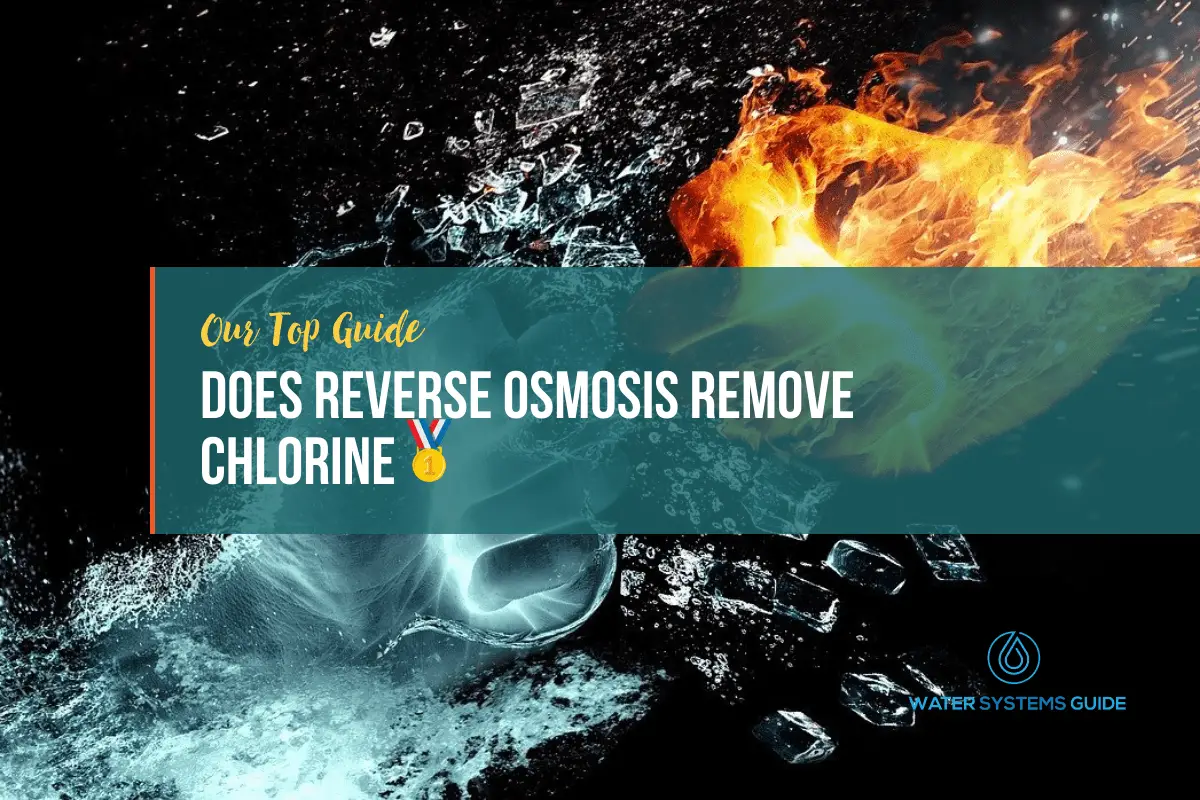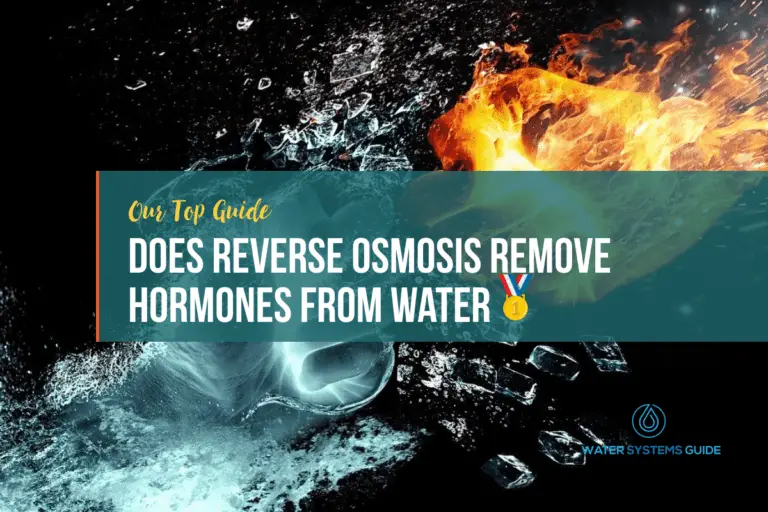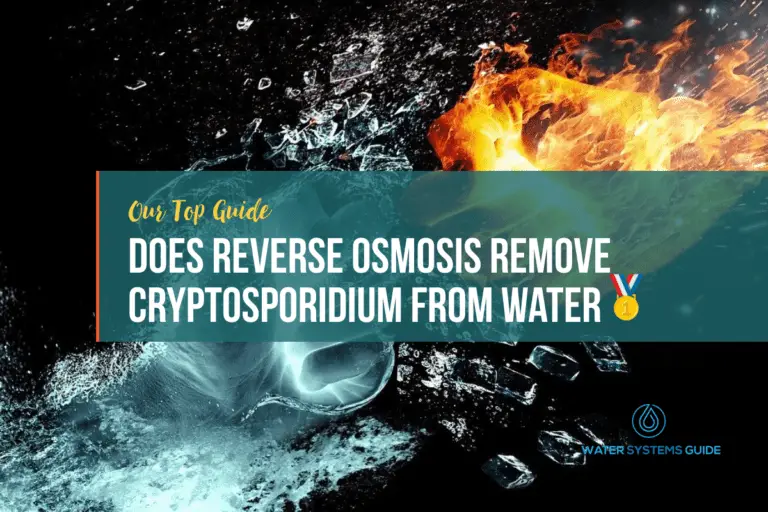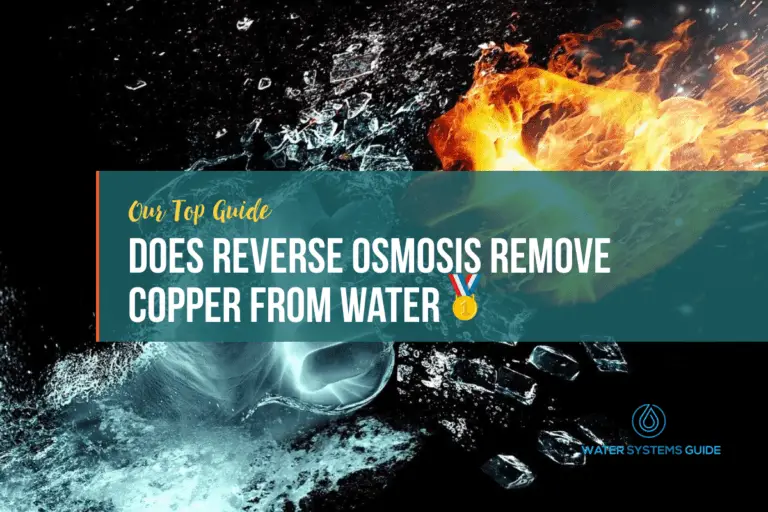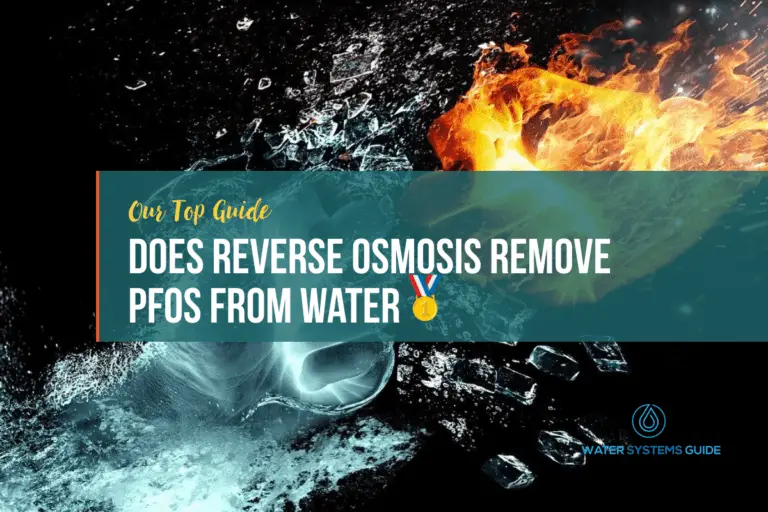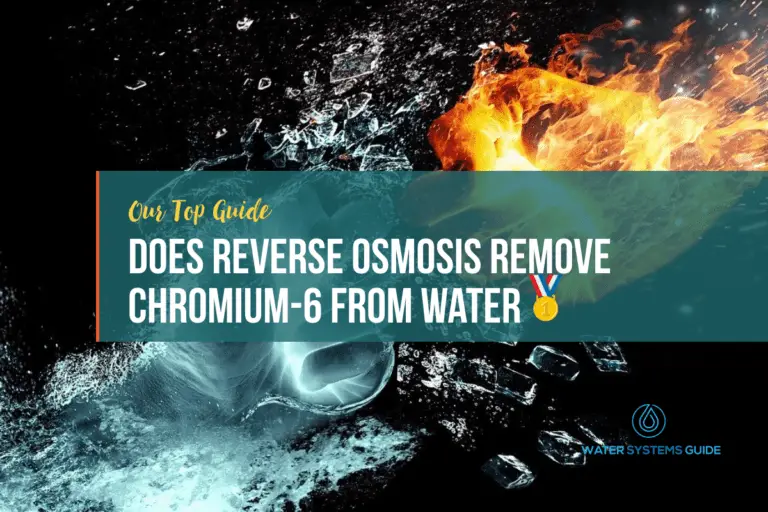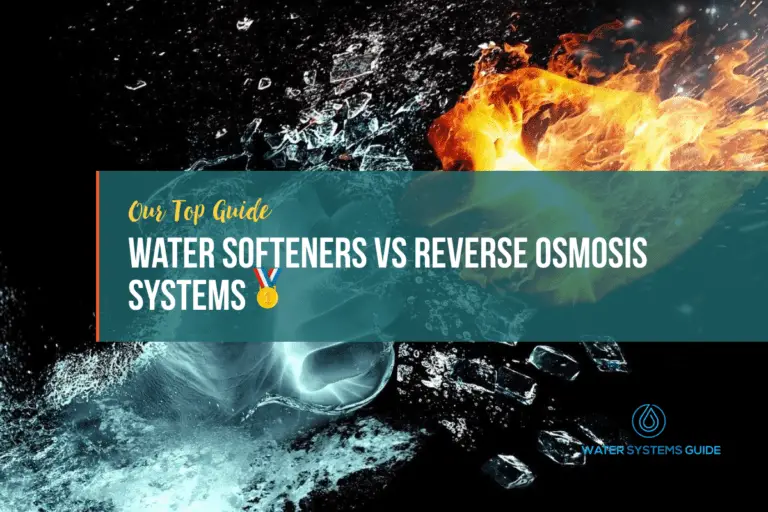Does Reverse Osmosis Remove Chlorine
How Does Reverse Osmosis Work?
What is Chlorine and where is it used?
Chlorine is a chemical element with the symbol Cl and atomic number 17. It is a halogen, found in the periodic table in group 17. The element was first isolated by Carl Wilhelm Scheele in 1774. Chlorine is used for water treatment and disinfection because it is highly effective at killing bacteria and other microorganisms. Chlorine is also used in swimming pools to keep the water clean and free of harmful germs.
Chlorine’s Effect on Human Health
Chlorine is a common element found in many household products, such as bleach and disinfectants. Though it is effective at cleaning and sterilizing surfaces, chlorine can also be harmful to human health.
Prolonged exposure to high levels of chlorine can irritate the skin, eyes, and respiratory system. In severe cases, it can cause difficulty breathing, chest pain, and even death.
With that being said, we can understand why you’d want to remove it from the water that you drink or consume.
Does Reverse Osmosis Remove Chlorine?
Reverse osmosis is a process that is used to remove impurities from water by forcing it through a semipermeable membrane. This process can remove a variety of impurities, including chlorine. Some systems are more effective than others, depending on the number of ro filter stages that the water goes through.
However, because reverse osmosis removes all impurities from water, it also removes essential minerals. As a result, reverse osmosis water may taste flat and lack the mineral content of regular tap water.
What Else Does Reverse Osmosis Remove?
Reverse osmosis also removes other contaminants from water, including fluoride, chloride, calcium, arsenic, chloramine, heavy metals, pesticides, and pharmaceuticals.
Unfortunately, RO does remove healthy minerals in water, such magnesium, sodium, potassium and calcium
While most municipal water supplies in the United States are required to meet strict safety standards set by the Environmental Protection Agency (EPA), trace amounts of these and other contaminants can still end up in tap water. That’s why many people use reverse osmosis systems to further purify their drinking water.
How Does Chlorine Affect Osmosis?
Chlorine is a chemical that can be found in many household products, including bleach and disinfectants. When chlorine comes into contact with water, it creates a chemical reaction that can affect the way water molecules move. This can impact the rate of osmosis, which is the process of water moving through a semi-permeable membrane. too much chlorine in the water can actually prevent osmosis from occurring.
How Else Can I Remove Chlorine from My Water Supply?
There are a few other methods for removing chlorine from your water supply, though they may not be as effective as using a water filter. Boiling your water for at least one minute will kill most bacteria and viruses, though it will not remove chlorine. You can also let your water sit for 24 hours to allow the chlorine to evaporate, though this method is not recommended if you are using water from a public source. Finally, you can purchase bottled water which has been treated to remove chlorine.
Conclusion
In conclusion, does reverse osmosis remove chlorine? Yes, it does. Reverse osmosis is an effective way to remove chlorine from water. It is also a safe and affordable method of water filtration.

